Ashley Pest Solutions
Pest Library
Ants
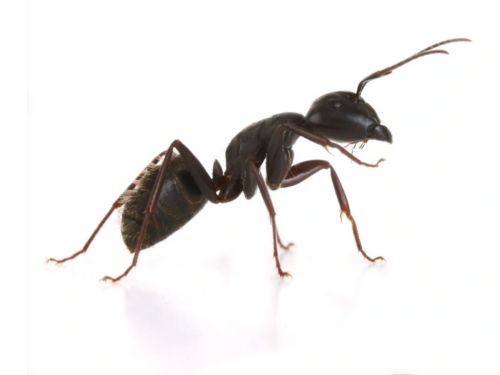
Larger than most ants, carpenter ants are black or red and black, measuring between 1/4 and 1/2 inch. They do not eat wood, but they tunnel through it to create nests. Over time, this can cause significant structural damage to homes.
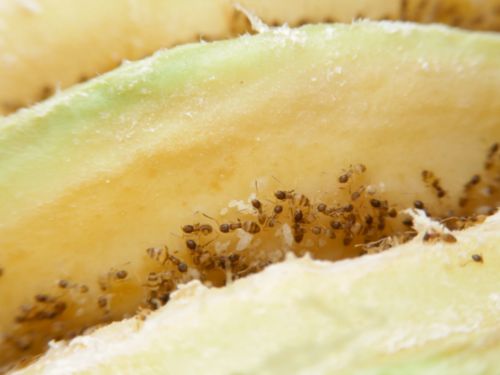
Small (1/8-inch), dark brown to black ants that are attracted to sugary foods. They get their name from the strong, unpleasant odor they release when crushed. These ants are commonly found in kitchens and bathrooms.

Small (1/8-inch), dark brown to black ants that typically nest in cracks in pavement and sidewalks. They often invade homes in search of food and are known to contaminate food supplies.
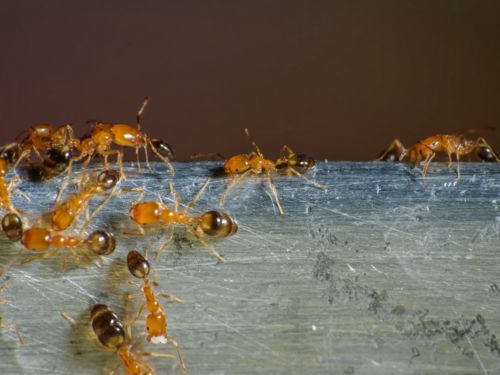
Tiny, light yellow to red ants, known for their ability to thrive indoors, particularly in warm, humid areas. They are often found in kitchens and bathrooms.
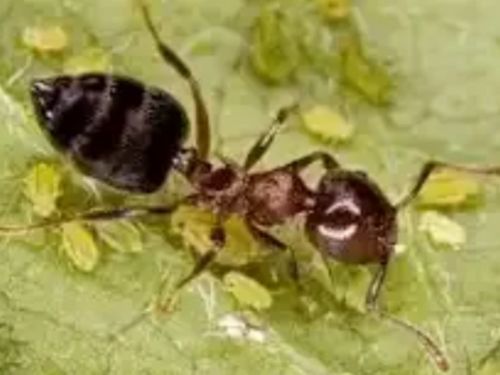
Acrobat ants are small, reddish-brown to black ants known for their distinctive habit of holding their abdomen over their head. They typically nest in decaying wood or other moist areas and are attracted to sugary foods, often invading kitchens and pantries.
Blood Feeding Pests
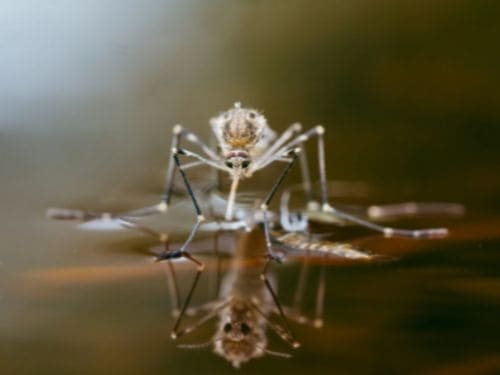
Several species of Mosquito are prevalent and carry diseases such as West Nile Virus. Usually breeding in a stagnant water source or shaded grassy area.
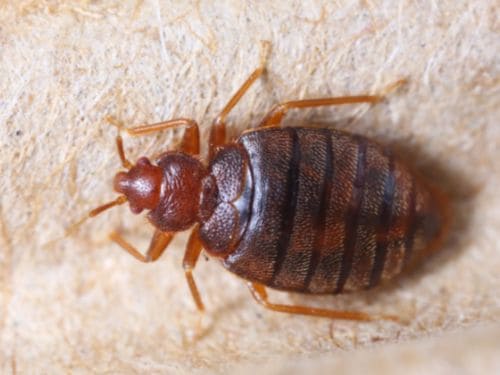
Small, reddish-brown insects that feed on the blood of humans and animals, typically at night. Bedbugs hide in cracks, crevices, and furniture. They can cause itching, discomfort, and anxiety. Their bites can lead to allergic reactions in some people.
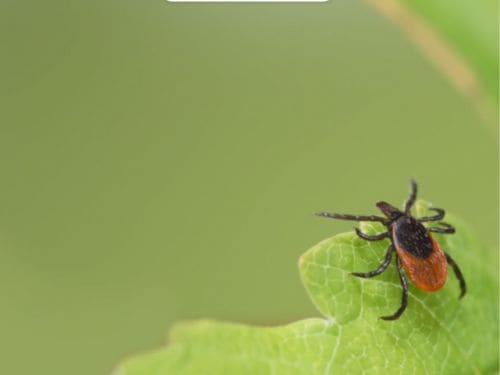
Ticks in Michigan are common, especially in wooded or grassy areas, and are known for their ability to latch onto animals or humans to feed on blood. The most common species include the deer tick (which can transmit Lyme disease), and the American dog tick.
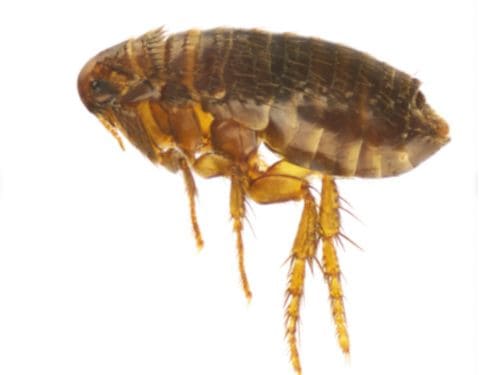
Fleas are small, reddish-brown insects known for their ability to jump long distances. They primarily infest pets, such as cats and dogs, but can also bite humans, causing itching and irritation. Fleas are most commonly found in areas where pets frequent, such as carpets, bedding, and furniture. Beyond the discomfort of their bites, fleas can also transmit diseases like the plague and cause allergic reactions in pets. Preventing and controlling flea infestations involves treating pets, the home, and outdoor areas.
Cockroaches
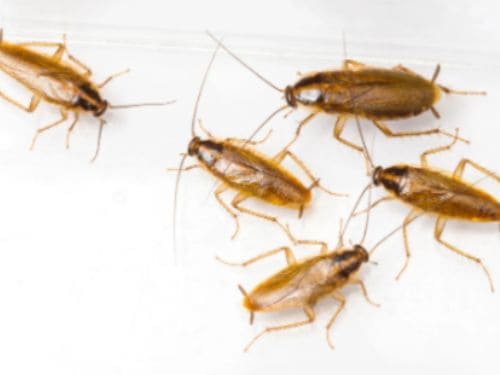
These small, light brown roaches are the most common indoor roach. They thrive in warm, moist environments, typically kitchens and bathrooms. They spread diseases and allergens.
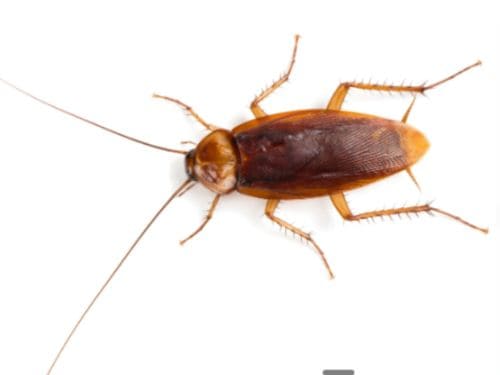
Larger than German cockroaches, these reddish-brown roaches are often found in basements, sewers, and drains. They are resilient and can carry bacteria.
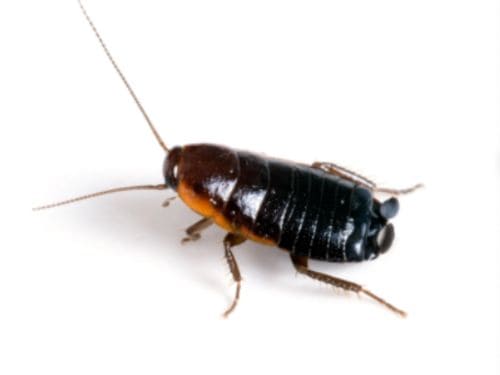
These dark brown to black roaches are often found in cool, damp areas like basements or crawl spaces. They are less common but can be a nuisance.
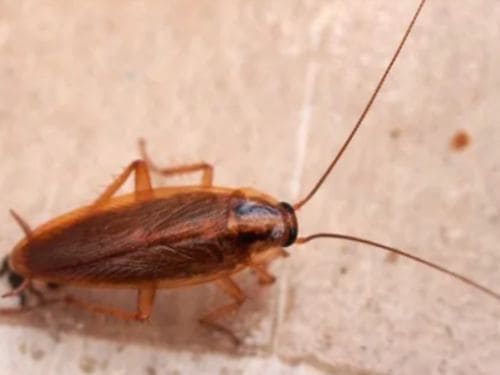
The Asian cockroach closely resembles the German cockroach but is typically found outdoors in Michigan. It is light brown with dark markings and is known for its ability to fly, which sets it apart from other cockroach species. While they are more commonly found in grassy areas, they can invade homes, particularly during warm months, seeking food and shelter. Though they are less likely to cause damage or spread disease compared to other roach species, they can still be a nuisance due to their tendency to invade living spaces.
Pantry Pests
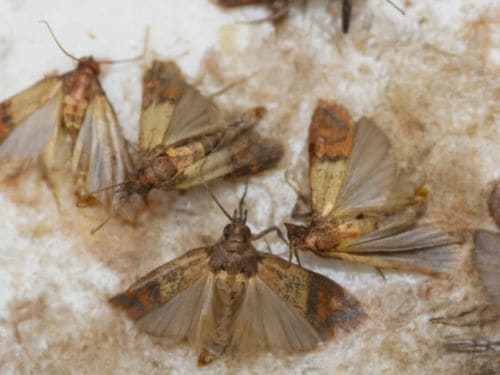
These small moths are commonly found in kitchens and pantries, particularly in dry goods like grains, flour, and nuts. The larvae leave behind webbing and small casings that are a sign of an infestation.
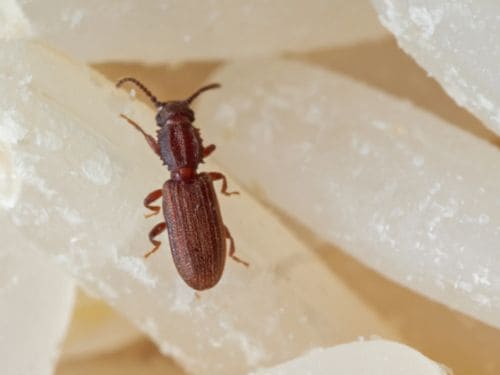
These tiny, reddish-brown beetles often infest dry foods like cereals, nuts, and grains. They can also be found in pet food and dried spices.
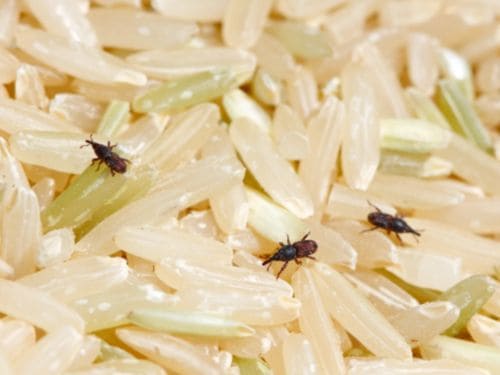
Small, dark beetles that infest rice, pasta, and other dried foods. They are often found in pantries, feeding on stored food products and causing damage.
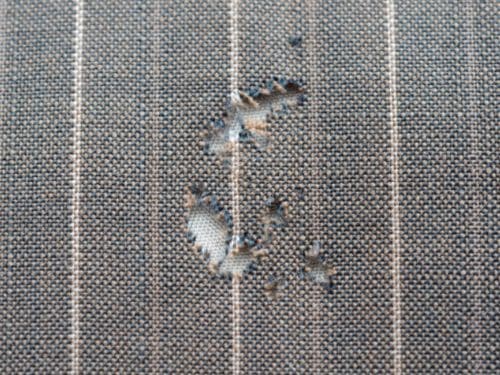
Clothing moths are small, tan or grayish insects that are most often seen as larvae, which feed on natural fibers such as wool, silk, and cotton. These moths can cause significant damage to clothing, upholstery, and other fabric items by leaving behind holes and fraying fibers.
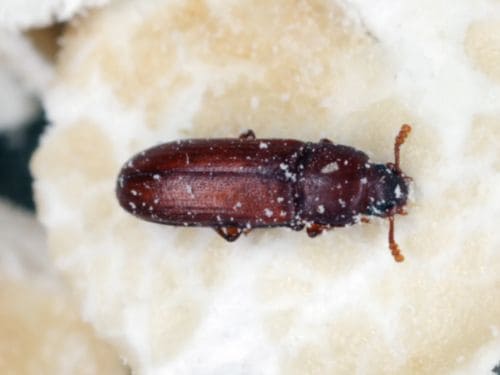
These beetles are found in pantry items like flour, cereal, and dried food. They feed on dry grains and can spread quickly if left unchecked.
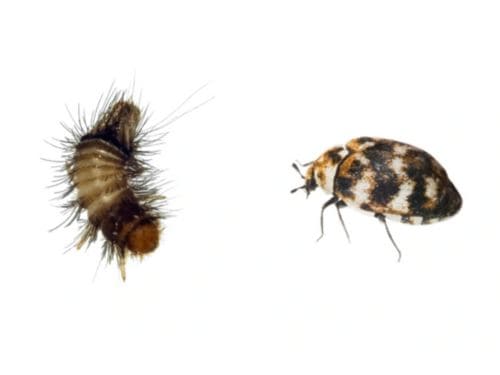
Carpet beetles are small, oval-shaped insects that can be black, brown, or patterned be black or colorful. They are known for damaging fabrics, carpets, and stored goods by feeding on natural fibers like wool, silk, and feathers, and can be a common problem in homes with these materials.
Occasional Invaders
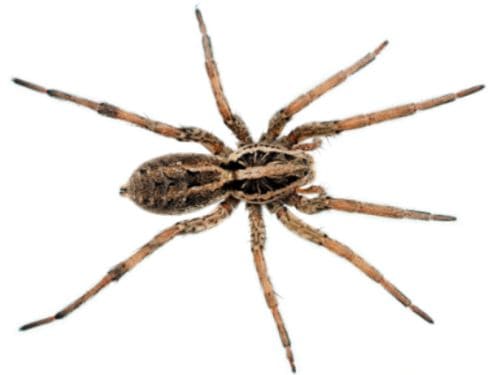
Common house spiders and more dangerous types like black widows and brown recluse spiders can occasionally be found in Michigan. While most spiders are harmless, the sight of them can cause quite the adverse reaction.
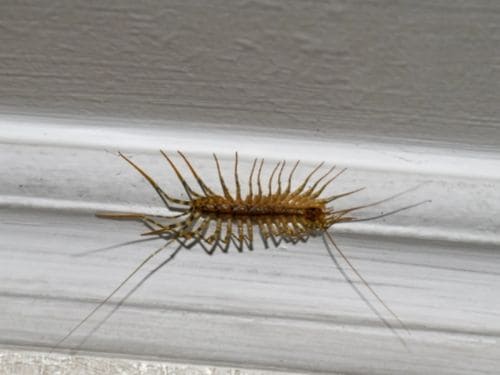
Fast-moving, multi-legged creatures that hunt for insects and small pests. While they are not dangerous, their appearance can be unsettling to some people.
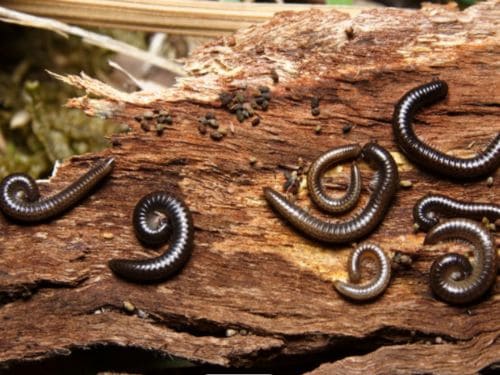
These slow-moving pests have many legs and typically invade homes during wet conditions. While they don’t pose a direct threat, they can be a nuisance.
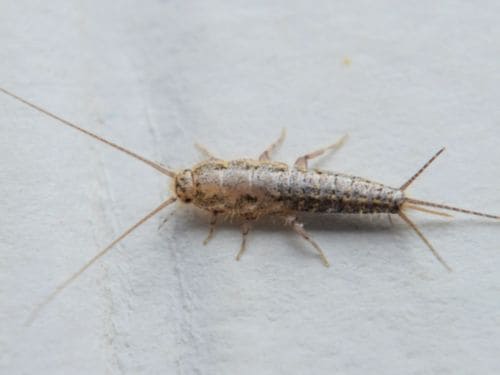
Silverfish and firebrats are small, wingless insects with silvery or grayish bodies and distinctive long, bristly tails. Silverfish are nocturnal and often found in kitchens, bathrooms, or attics, feeding on starchy substances like paper and glue. Firebrats prefer warmer areas, like around furnaces or water heaters, and thrive in hot, dry environments. Both pests can cause damage to books, paper, and clothing, although they are not a significant health risk.
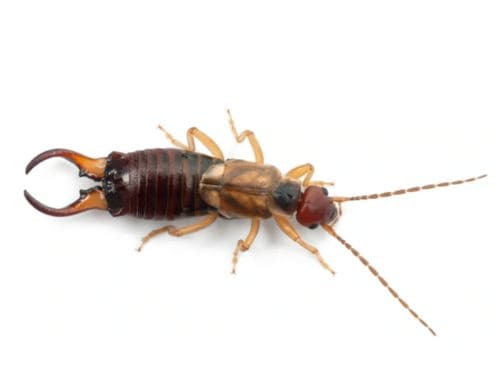
Earwigs are elongated, dark brown to black insects with pincers on their rear end. They are commonly found in damp areas like basements, bathrooms, or gardens. While earwigs do not bite humans, their pincers can pinch if threatened. They can become a nuisance when they invade homes in large numbers, often seeking moisture during the summer or after heavy rainfall.
Overwintering Insects
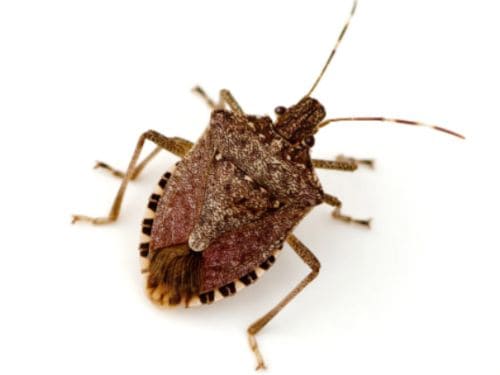
These shield-shaped bugs are brown and can release a foul odor when disturbed. They often enter homes during the fall to overwinter.
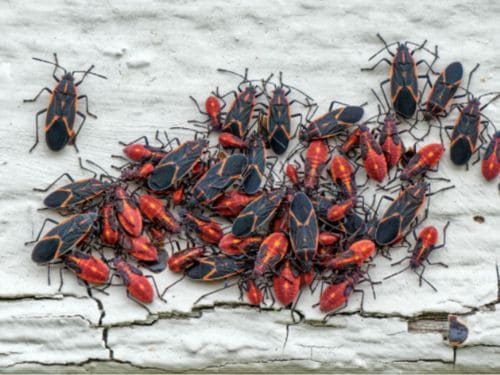
These small, reddish-brown bugs with black markings are often found in the fall when they seek warmth inside homes. While harmless, they can become a nuisance as they aggregate in large numbers.
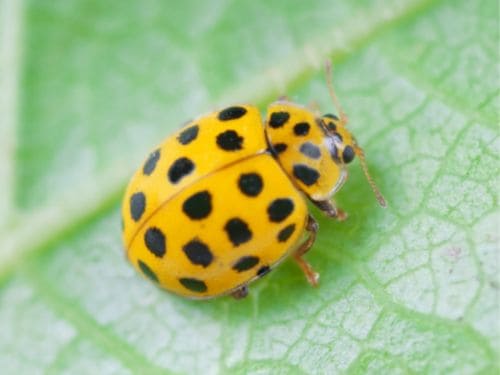
These small, round beetles can invade homes in large numbers during the fall months. They are generally beneficial outdoors but can become a nuisance indoors when they seek shelter.
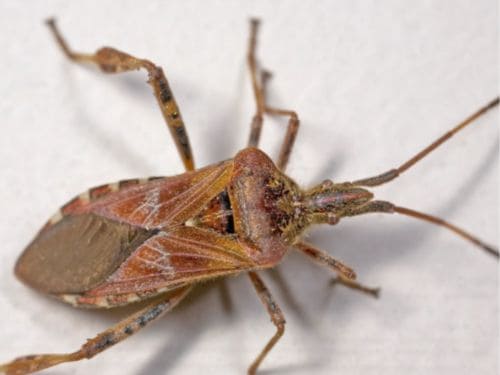
Elm seed bugs are reddish-brown insects with black markings, typically about 1/2 inch long. They are often found on elm trees, where they feed on seeds, but during the fall, they may invade homes in search of warmth.
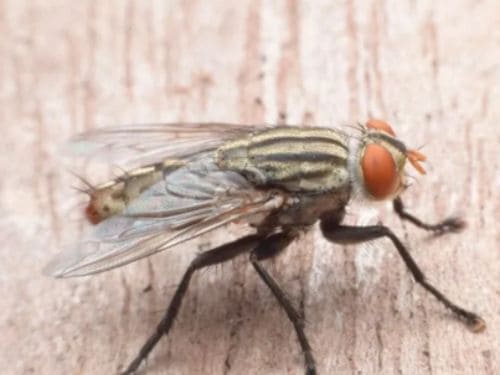
Cluster flies are large, slow-moving flies with a dark gray or black body and golden-colored hairs on their thorax. They are commonly found in the fall when they seek shelter inside homes to overwinter. While they don't bite or spread diseases, they can become a nuisance as they gather in large numbers, particularly in attics, windowsills, and other sunny areas of your home.
Rodents
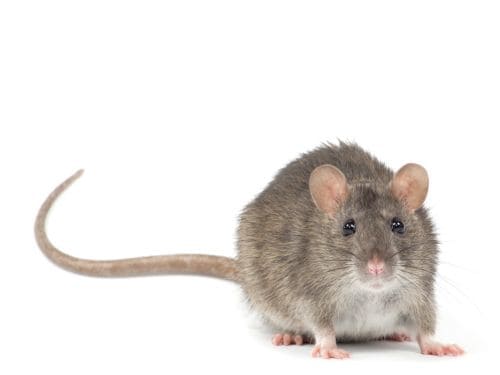
These rats are larger than mice, usually gray or brown with a blunt snout and small ears. They often burrow in the ground or hide in basements, sewers, or attics. Norway rats can contaminate food, damage property, and spread diseases.
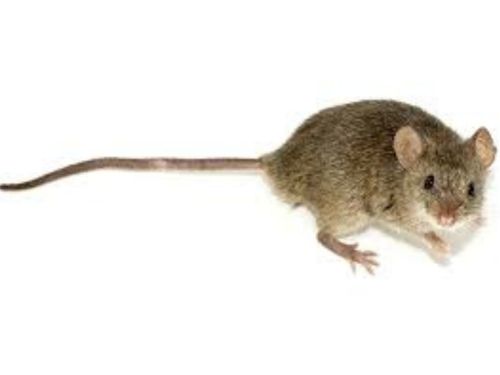
The house mouse is the most common rodent in Michigan. They are small, typically gray or light brown, with large ears and a long, scaly tail. Mice can cause significant damage by gnawing on wires, insulation, and food, and they also spread diseases like hantavirus and salmonella.
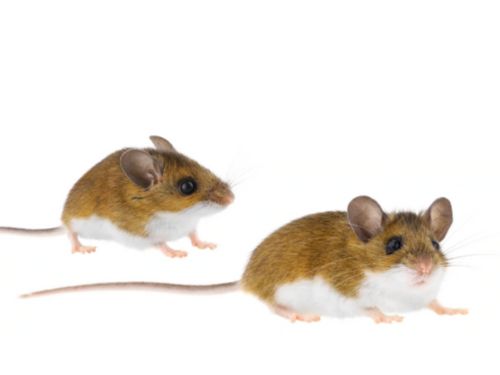
Deer mice are small, brownish-gray rodents with white underbellies and large ears. They are commonly found in rural and wooded areas but can enter homes in search of food and shelter.
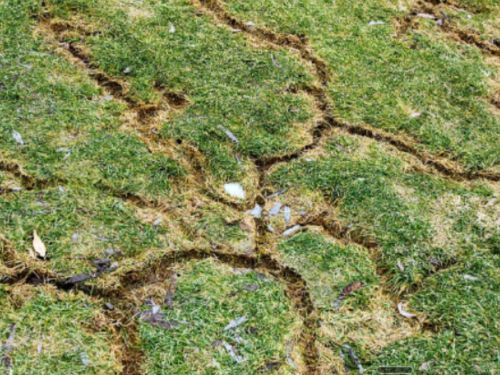
Often confused with mice, voles are stocky rodents with short tails, and they often live outside in grassy or wooded areas. They dig burrows and can cause damage to plants, lawns, and crops.
Stinging Insects
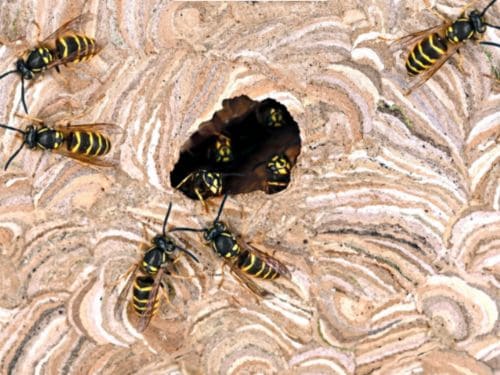
These aggressive wasps are black and yellow and often build nests in the ground or in wall voids. They are known to be highly defensive of their nests and can sting multiple times.
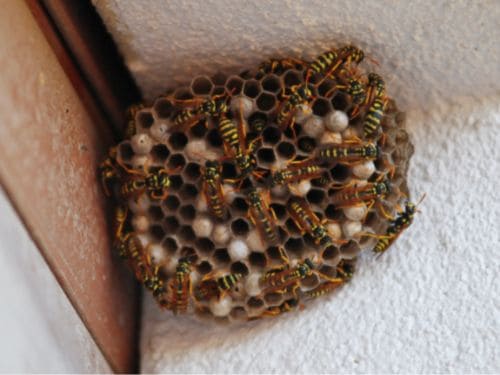
These wasps are less aggressive than yellowjackets and hornets but will sting if provoked. They build small, umbrella-shaped nests in sheltered locations like under eaves or in sheds.
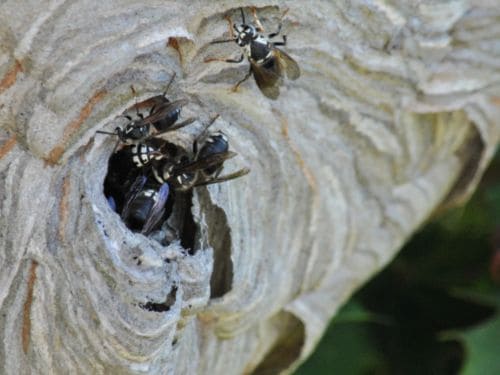
A type of hornet, these insects are black and white and build large, hanging nests. They are more aggressive and may attack if their nest is disturbed.
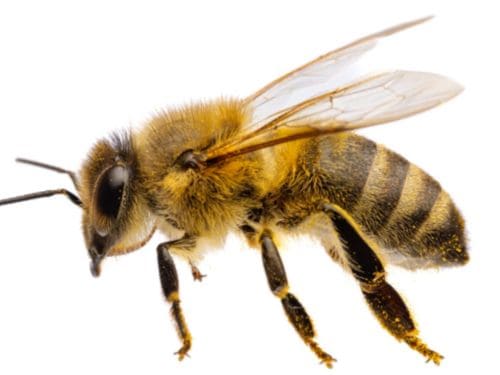
These beneficial insects play a critical role in pollination. However, they can sting if they feel threatened. Honey bees typically build their hives in protected areas like tree cavities, wall voids, or old beehives. While they are generally not aggressive, it’s important to seek professional help for removal to avoid risking a sting or disturbing the colony.
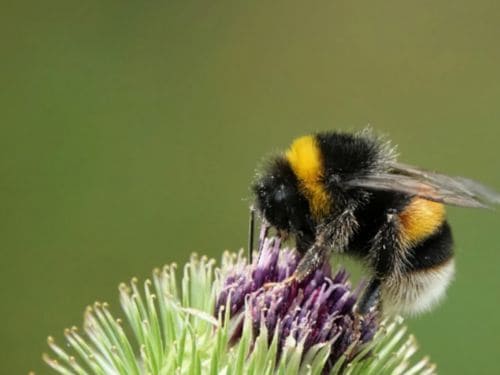
Bumble bees are large, fuzzy insects with black and yellow stripes, known for their gentle nature and important role in pollination. They typically nest in the ground or in sheltered areas like sheds or attics, and while they generally don’t pose a threat, they can sting if provoked.
Wildlife
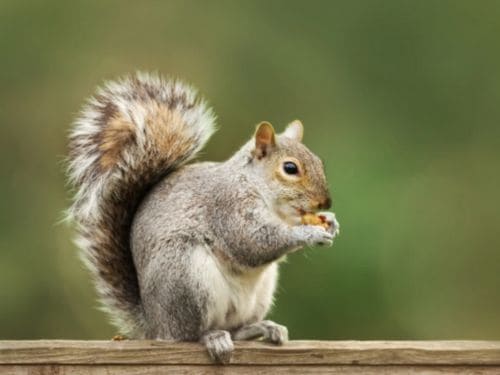
Squirrels are common in Michigan. Squirrels can cause damage by gnawing on wires, insulation, and even structural beams. They often enter attics and can be noisy and destructive.
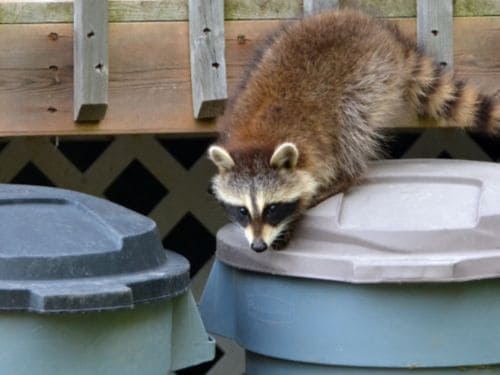
Raccoons are nocturnal creatures that can damage roofs, chimneys, and vents to gain entry to attics or basements. They can be dangerous due to their potential to carry diseases like rabies and leptospirosis.
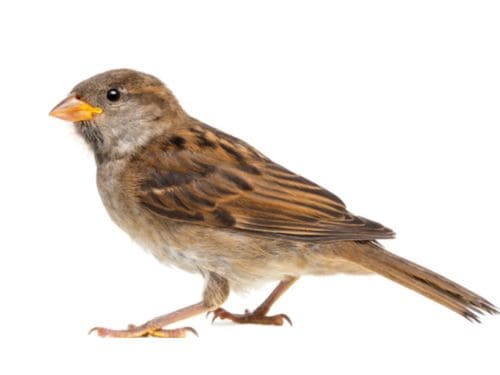
Most brids in michigan are a protected species. If you have birds entering your home or business, Let Ashley Pest Solutions help find out how and how to stop them.
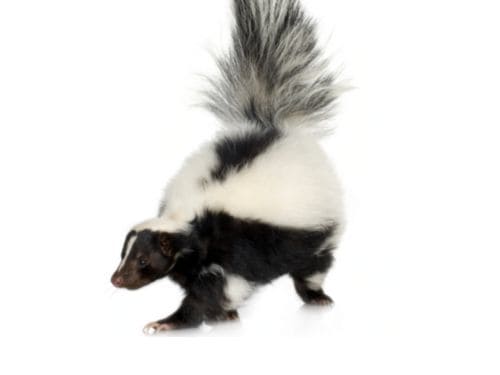
Known for their strong odor, skunks often dig under decks, sheds, or other structures to make their dens. They can be a nuisance and pose a risk to pets and children.
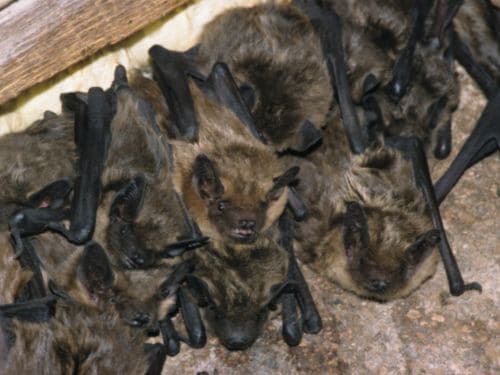
Several species of Bats are found and protected wildlife in Michigan, but they can cause damage to homes if they enter attics or walls. Bats can carry diseases like rabies, and their droppings can create health hazards.
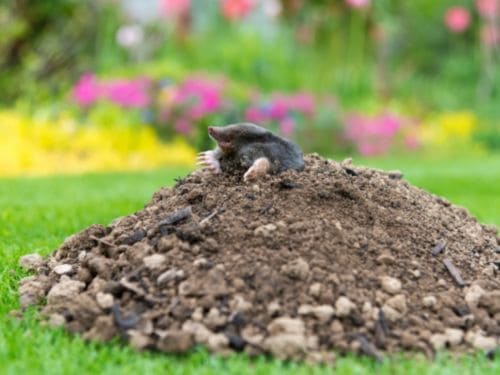
Moles are small, burrowing mammals that dig tunnels under lawns, gardens, and other landscaped areas. While they don't pose a direct threat to humans, their tunneling can damage plants, turf, and garden beds.
Request A Free Quote
GET A FREE QUOTE

BUSINESS
SERVICES
SERVICE AREAS
OPERATING HOURS
Sun: 8:00am - 8:00pm
Mon: 8:00am - 8:00pm
Tue: 8:00am - 8:00pm
Wed: 8:00am - 8:00pm
Thu: 8:00am - 8:00pm
Fri: 8:00am - 8:00pm
Sat: 8:00am - 8:00pm